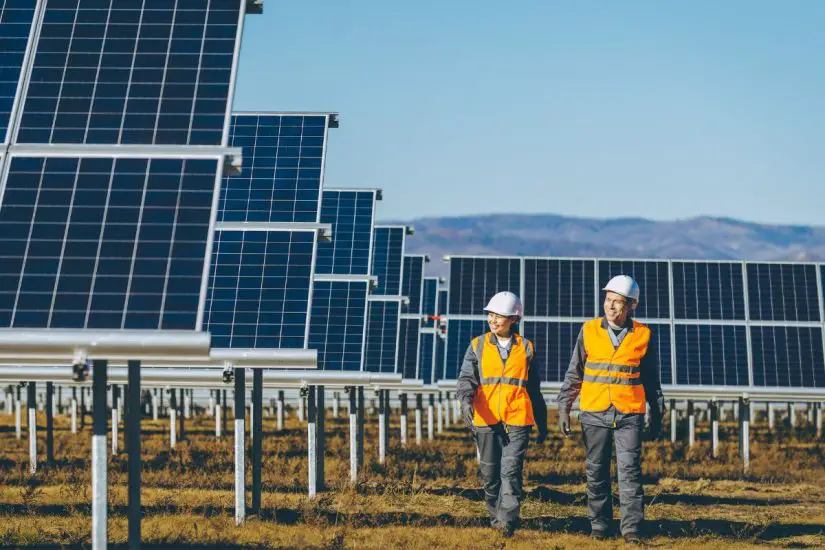
Renewable hydrogen production in Tasmania to use solar energy
September 7, 2022Tasmanian sunshine is expected to power the clean production of H2 to replace fossil fuel.
The massive sunlight exposure in Tasmania could soon be put to use for powering renewable hydrogen production through projects linked with a newly signed deal with an international clean energy company.
Countrywide Hydrogen and Wirsol Energy recently agreed to collaborate on the solar energy deal.
Countrywide Hydrogen, from Australia, and Wirsol Energy, headquartered in Germany, signed a deal that will have them working together on the use of solar energy for renewable hydrogen production in Tasmania. The initial steps of the project will be focused nearly exclusively on determining the viability of the project in the first place.
Managing Director Geoffrey Drucker at Countrywide has stated that the goal is the support of a wide-scale transition from fossil fuel such as natural gas and diesel to H2, which is greenhouse gas emission-free.
This isn’t Drucker’s first foray into H2 projects in Tasmania. In fact, he already has two already underway there, as well as another two in Victoria. His intention is to ideally co-locate producing the H2 with Wirsol solar farms in order to make the lowest-cost liquid H2 available.

The renewable energy production will require solar installations as well as potential battery storage.
The agreement between Countrywide and Wirsol will involve an evaluation of each of the Tasmanian H2 projects for their solar installation viability in addition to a potential requirement for battery energy storage. From there, they will aim for the lowest energy cost for producing the H2.
The liquid hydrogen produced at the locations could be used on its own or in blends for the replacement of natural gas that is currently piped into homes and factories. Other applications include powering fuel cell cars and trucks – among other vehicles – and for remote power generation at mining sites and other locations that are difficult to electrify.
Drucker stated that minimizing the cost of electricity through the use of “behind-the-meter” solar will make it possible to achieve renewable hydrogen production and supply at the lowest possible price and would make it easier for potential customers to choose H2 for their zero-emission fuel.



 With over 15 years of reporting hydrogen news, we are your premier source for the latest updates and insights in hydrogen and renewable energy.
With over 15 years of reporting hydrogen news, we are your premier source for the latest updates and insights in hydrogen and renewable energy.
Hello!
If you are interested to receive information about 400 Acres of Land east of Palm Springs California, in SOLAR ZONES with unlimited free water, by Aquifers. Please email or Call Sandy Choudhari at
Cell:619-850-4992
Asking $3.3 Million